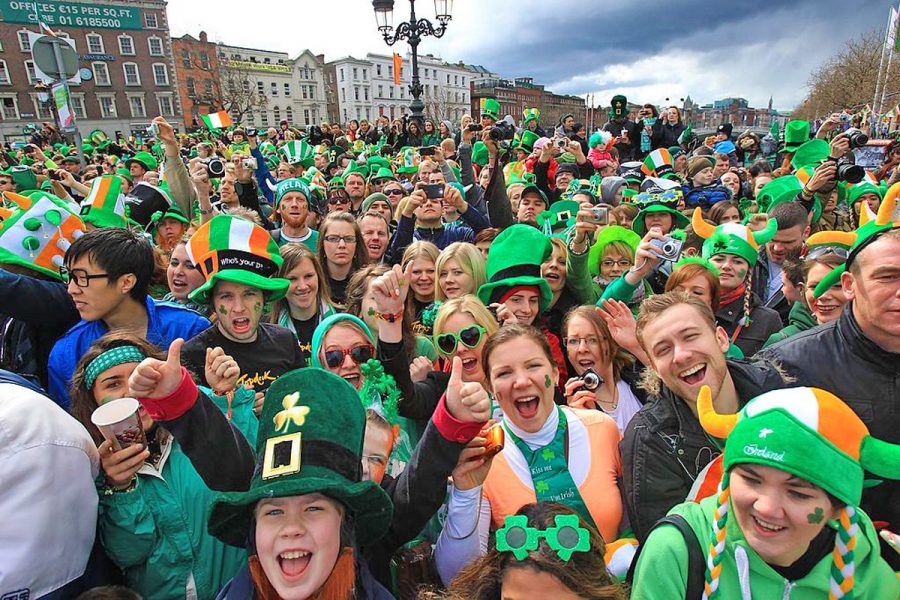The History of St. Patrick’s Day
We celebrate St. Patrick’s Day on March 17th every year, but what is it really about?
March 22, 2021
Feeling extra lucky this March? The month of March marks a year of COVID, so having a holiday based on luck seems fitting as our turn of fate turns to hope.
Whenever I hear that St. Patrick’s Day is comin up, I always wonder what the real meaning behind the holiday is. Of course we know about the leprechauns and four-leaf clovers, but just like any holiday, there must be a true history behind it. So over this past St. Patty’s day I did some digging….
The first St. Patrick’s Day was inspired by no other than Saint Patrick himself. He was kidnapped from Roman Britain and brought to Ireland as a slave at the age of only sixteen. He eventually escaped, but ended up later returning to Ireland. He was believed to have brought Christianity to the Irish people.
After his death, speculated to be on March 17th, he became a celebrated figure for the Irish people and an icon of their culture. Many stories were passed on for generations about Saint Patrick, one of the most legendary being that he explained the Holy Trinity of Christianity (Father, Son, and Holy Spirit) with the three leaves of the shamrock. It was even believed that he used the shamrock to drive snakes out of Ireland.
St. Patrick’s celebrations started as early as the 10th century, but they didn’t start to spread in America until the Potato Famine hit Ireland, around 1845, which caused many Irish immigrants to move to America.
As the years continued, little traditions grew like Chicago’s green river and many parades. One main symbol is the leprechaun, which stems from the Celtic belief in fairies. These cranky old souls were believed to fix the shoes of other fairies. The tricky leprechauns have their own holiday, on May 13th, but we still celebrate them on St. Patrick’s Day.
The four-leaf clover is also associated with Saint Patrick’s Day, as it is seen as a symbol of luck. But in reality, it has been morphed over the years from Saint Patrick’s original three leaf shamrock.
Now next year when you sip your shamrock shake, I hope you will be reminded about the real history of this lucky day, and the Irish culture that surrounds it. And make sure to watch out for those sneaky leprechauns!


